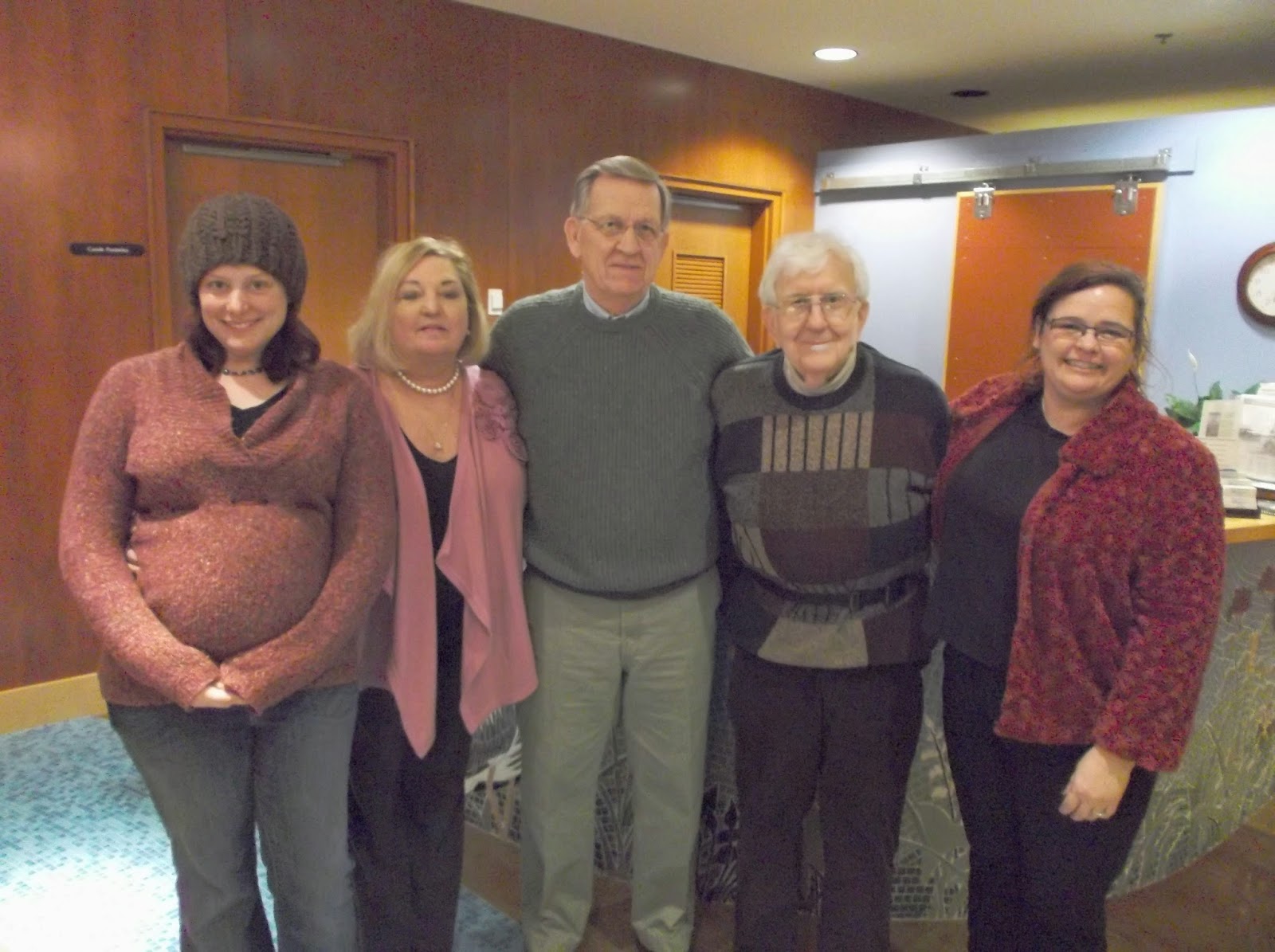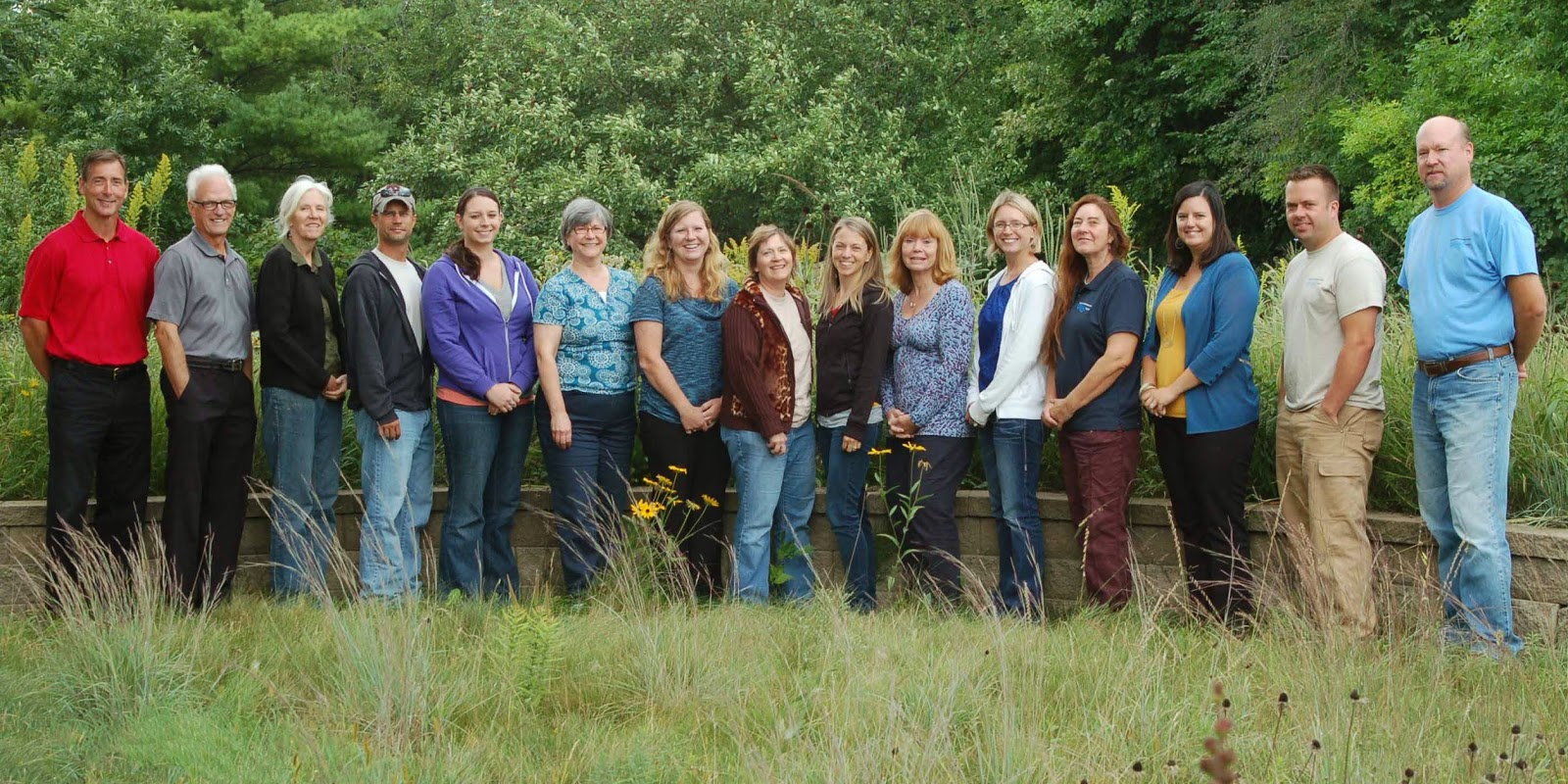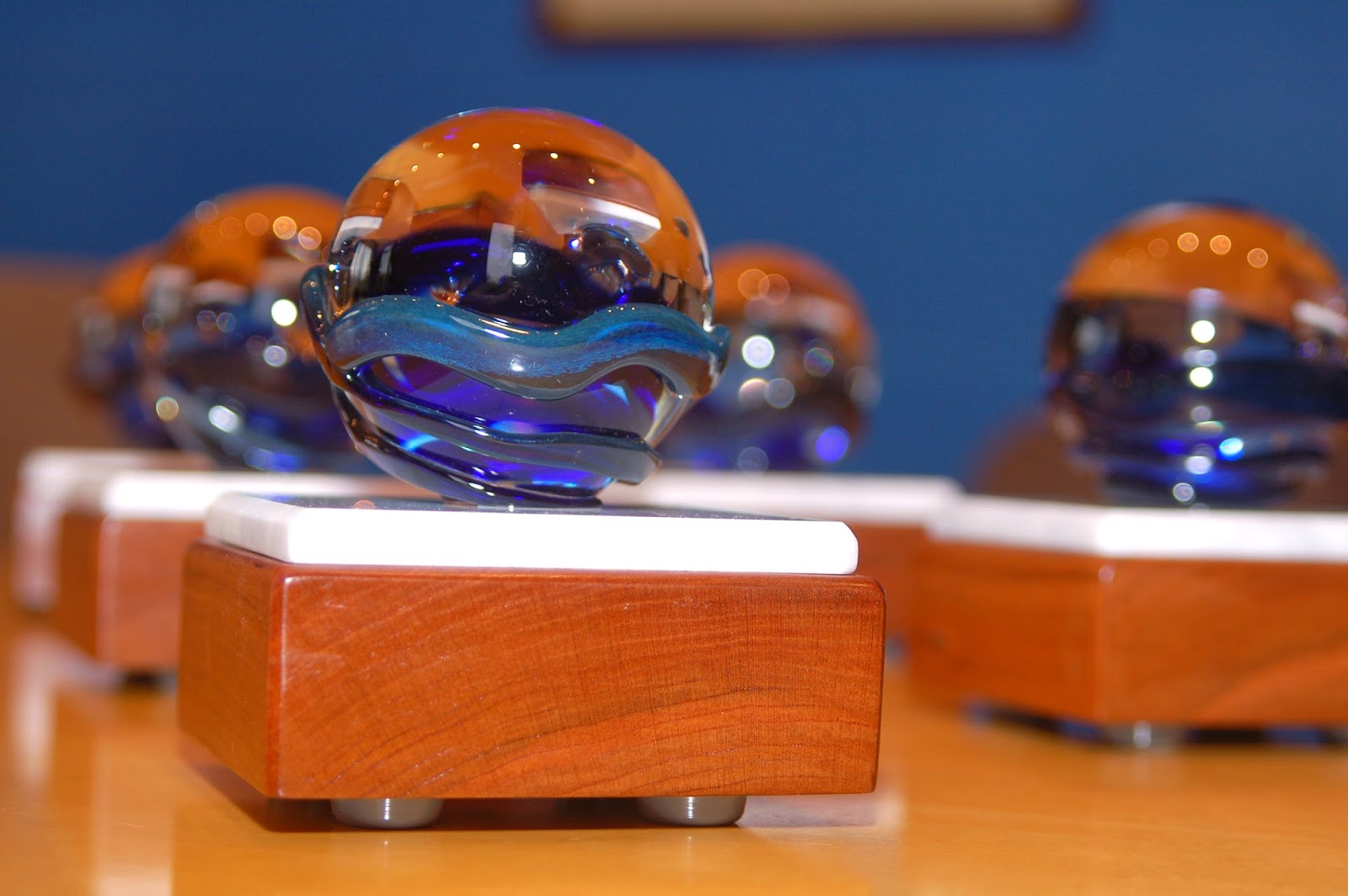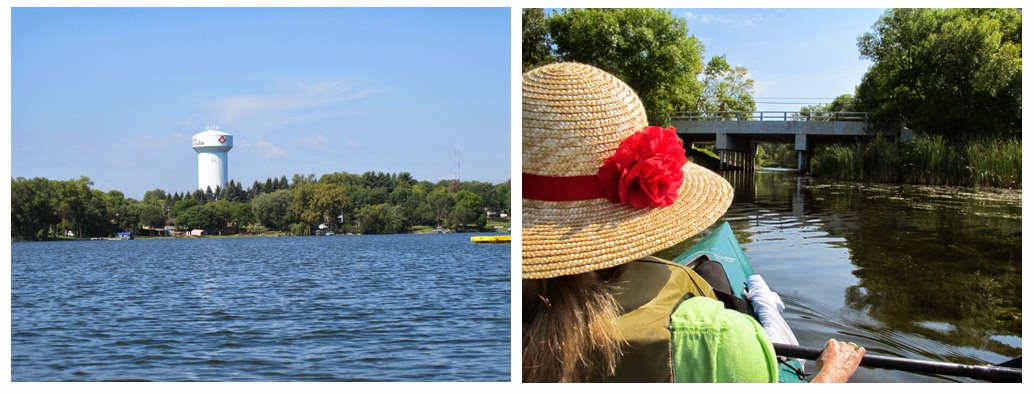By Cliff Aichinger
January 9, 2015
 |
| Cliff Aichinger, retired RWMWD Administrator, takes time to throw out some line. |
I have been asked to continue to contribute to the Ripple after my retirement. I proposed that I provide a series of articles that include some reflections on my past work with the District and reflections on what I had learned in the process. I proposed also that I could be honest and less politically correct about some things I had learned about work with residents, local government staff and elected officials and state and federal government agencies. I’ll take a stab at this over the next several months and I welcome any exchange of comments.
 |
| Cliff and his wife, Anne, adventuring. |
I’ve had many people ask me about my experience so far with retirement, so I thought I would first pass along a few comments for the curious. It is kind of like when people ask what it's like to be married or being a grandfather. It’s different, but not significantly different. I’ve been retired from the Watershed for about a month and a half. Since I left I have had a retirement party, office holiday party and personal holiday preparations, shopping, family houseguests, and the normal large holiday dinner parties and clean up. I’ve also had the norovirus and a nasty cold for over a week and counting. I’ve also been busy dealing with pension, insurance and investment issues. I didn’t realize how much time this would consume.
 |
Cliff and his granddaughter enjoying
time together. |
It’s been busy and I haven’t really been able to feel like I’m retired. I have enjoyed being able to sleep later, not getting up with an alarm clock, being able to thoroughly read the paper every day, and getting regular exercise. I’ve also enjoyed not having to go out to a cold car early every morning and having to drive every day. There have actually been days where I haven’t used my car.
Getting back to my “Reflections,” I have come up with four topics that I would like to cover over the next several months, as space will allow in the Ripple. I’d like to make sure everyone understands that these articles will contain editorial comments that are mine alone and do not necessarily reflect those of current staff or the Board of Managers individually or collectively.
My four topics are:
- The primary contributors to the District’s success during my tenure.
- My greatest accomplishments.
- What I have learned over my career (This obviously will be a condensed list, but may also be covered over several months)
- Future challenges for Watershed Management.
Chapter 1: The Primary Contributors to the District's Success During My Tenure
If the reader is familiar with me or has heard me speak at any of my retirement events, you will know that I worked with the District throughout its evolution as a Watershed District. Its growth from no staff and a meager budget to the District’s current 13 full-time staff and $7 million budget has been incremental and strategic. However, there have been several key factors that have contributed to the District’s successful growth and development.
The number one reason, in my opinion, is Board leadership and having an effective Board of Managers. I’m not just saying this to give polite credit to our bosses. I truly believe this and I think comparing the RWMWD to other Watersheds in the Twin Cities Metro Area and Minnesota can prove this. I’ve mentioned Roger Lake’s role in my career. He was
 |
While several Board Managers have served longer, this same
group of five were a team from 1994 to 2012. From left to
right, Jack Frost, Paul Ellefson, Pam Skinner, Bob Johnson,
and Roger Lake. |
instrumental in maintaining the Board’s focus on the task of meeting organizational requirements, focusing on the goals of the District, and commitment to planning and good science. Roger had a calm leadership style that insured the involvement of the entire Board in decisions. He ran meetings without dominating. He was always well prepared and asked that of other Board members as well. We have been lucky to have this continue with our current President, Paul Ellefson.
One key factor in establishing an effective Board is to clearly define roles and responsibilities. Our Board revisited this task every year and continually reinforced its role as a policy board that approved plans, set budgets and adopted work programs that gave direction to staff. The Board was effective as a group. The leader is one factor, but if the Board can’t agree, make good decisions, avoid conflict, and work effectively with staff, the best intentions can be ineffective.
Establishing roles and responsibilities also applied to its Administrator and the staff. We worked effectively because we understood these roles and they stayed well defined. The Board charged the Administrator with the job of being the liaison to the Board, and being responsible for the budget and work program, managing consultants, and hiring and supervising staff. The staff reported to the Administrator and not to the Board.
 |
| A Staff and Board Member meeting. |
 |
RWMWD's current Board of Managers, from left to right,
Jen Oknich, Marj Ebensteiner, Paul Ellefson, Bob Johnson,
and Pam Skinner. |
A second key factor in our success was having a Board that was willing to spend the funds necessary to accomplish our goals, complete needed studies, and implement innovative projects and research. This is coupled with the Board’s willingness to allow staff to implement required or mandated programs using innovative approaches and not just “do the minimum.”
A third key factor is the use of talented and experienced consultants. This isn’t a plug for our current consultant group (engineering, legal, financial), but I can say, from my perspective and experience, the assistance of our consultants has been a direct contributor to our success. Watershed management is not an exact process. We have options and alternatives for how to address our issues and problems. This requires the ability to have honest and open discussions with the various professionals involved. This discussion needs to include the entire team – staff, consultants, and Board.
One measure of our past success has been our ability to avoid substantial and expensive legal entanglements. Our approach was always to work with any resident, business or community to understand their issue and try to resolve the concern outside the courts. I think this approach has led to a positive view of the District staff and Board. As many of you know, this requires a legal team that considers the best interests of the District.
The fourth key factor in our success is our experienced staff. We have always tried to hire the best talent available for our needs and staff that fit with our organization. An effective team is as important as the individuals. Our approach has always been to consult staff and our consultants to identify the best approach to an issue or problem. We always tried to explore options that can accomplish our objective. Sometimes this leads to a study, a research project, or a staff program or project.
smalle_C.jpg) |
| Current RWMWD Staff (pre-Cliff's Retirement). |
A fifth factor is the District’s drive for continuous improvement and innovation. Since the practice of watershed management is constantly evolving, we are often trying management approaches that are new. This has resulted in the District receiving considerable attention. I think these innovations have contributed to advancing the art and practice of watershed management in the Minnesota and beyond.
Advancements in watershed management and improvement in the quality of our resources requires that local governments, Districts and non-profits, invest in new technologies and projects that are often on the cutting edge. There is also a need for additional research on these practices and alternative methods that may be more effective and have an improved cost-benefit. Not all Water Management Organizations practice this approach.
One of my continuing professional interests is developing an approach that will better define the continuing research needs for watershed management and developing a collaborative and sustainable funding strategy for implementation of this research. Water Management Organizations and local governments have a number of regulatory requirements to improve water quality and very little guidance on the best and most cost-effective implementation practices.
There are other factors that have contributed to our success, but these are my top five. I would encourage comments and I will try to reply.














smalle_C.jpg)




.jpg)


















